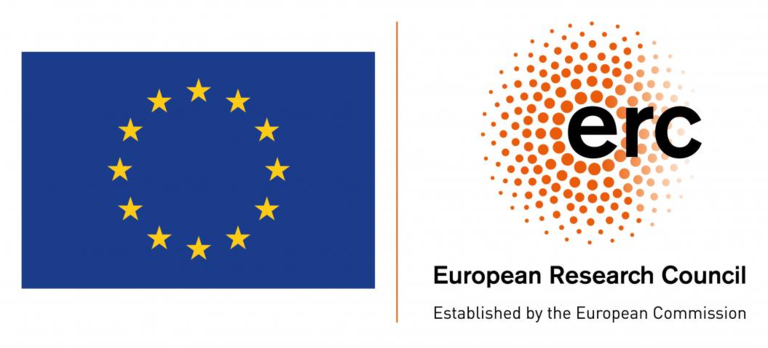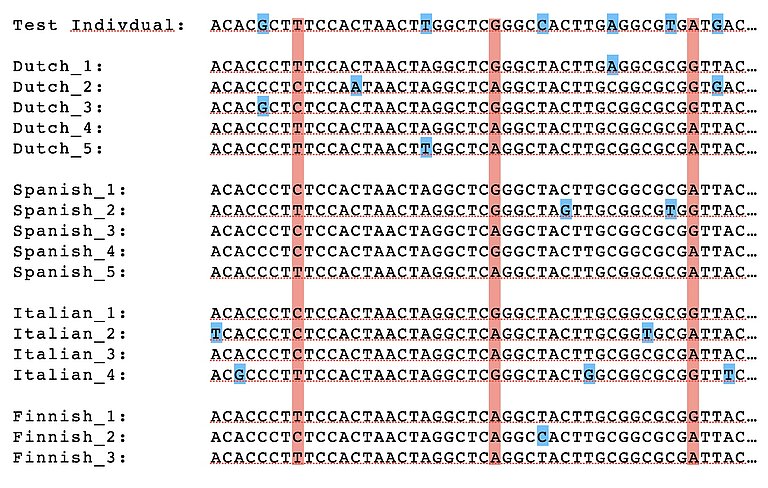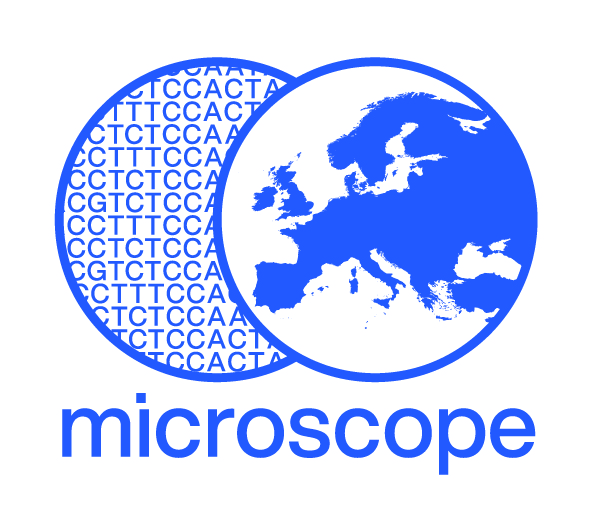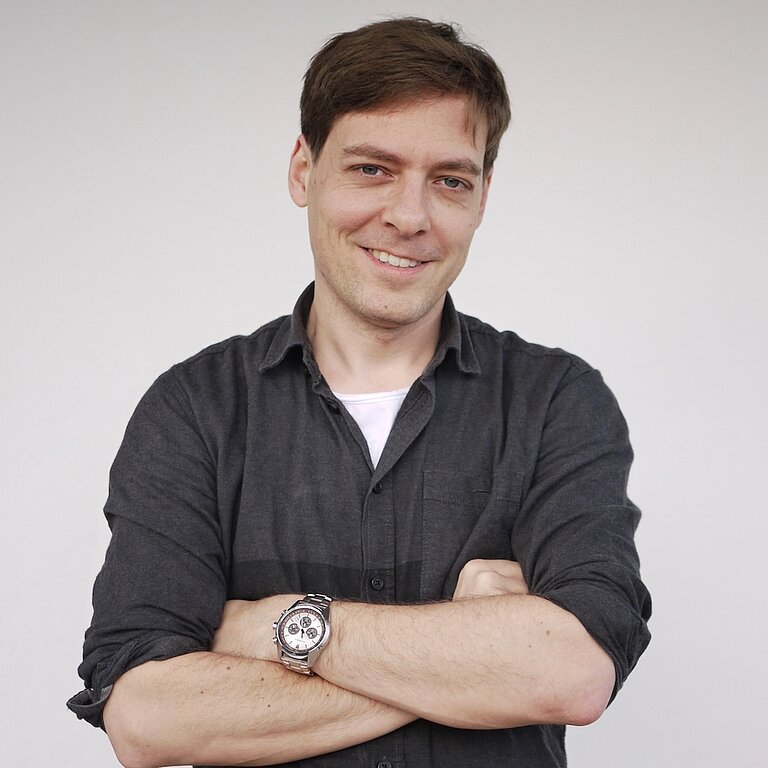
ERC Project MICROSCOPE
In recent years, archaeogenetic studies have yielded striking insights into European prehistory from ancient DNA. However, these studies focus on times prior and up to the Bronze Age, whereas more recent periods are still poorly covered. A key challenge with studying more recent time periods is the homogenisation of European populations since the late Neolithic, which exposes the limits of many existing analytical methods that try to detect population movements. To overcome these limits, in this project we develop a genetic 'microscope', a new set of fine-scaled analytical methods based on rare genetic variation, which allow us to analyse ancient genomic data to infer population structure with unprecedented detail.

Rare genetic variation consists of mutations that each are only shared by few people. While every single of these mutations is thus "rare", there are millions of those mutations in the human genome. Together, they contain information that is currently not used for routine population genetic analyses. In this project, we develop summary statistics based on rare genetic variation, which are able to zoom into the subtle ancestry differences that we see in many recent time periods of European history.


With this new toolbox, we are undertaking the largest archaeogenetic investigation of the pre-Roman European Iron Age to date. A specific focus will be the ‘Celtic’ world, encompassing a core region spanning from parts of France into Slovakia, and which reached its maximum extent in the third century BC, spanning from the Iberian Peninsula to Anatolia. We collaborate with a large number of partners from archaeology and anthropology, as well as genetic laboratories, to sample and analyse 600 skeletal remains from this region and time period. Using the new methods, we investigate i) population structure during the early Iron Age in the 'Celtic' core region of Western and Central Europe; ii) the genetic evidence for the so-called 'Celtic migrations' from the third century BC; iii) how migration and population admixture are reflected at the community- and family level by ‘zooming in’ into selected archaeological sites to reconstruct family pedigrees.
Team


The principal investigator of the project is Stephan Schiffels, and the project team is part of the Population Genetics Group.